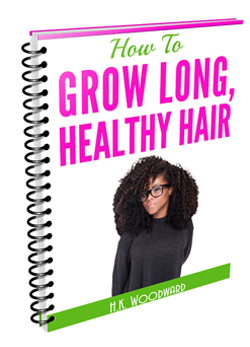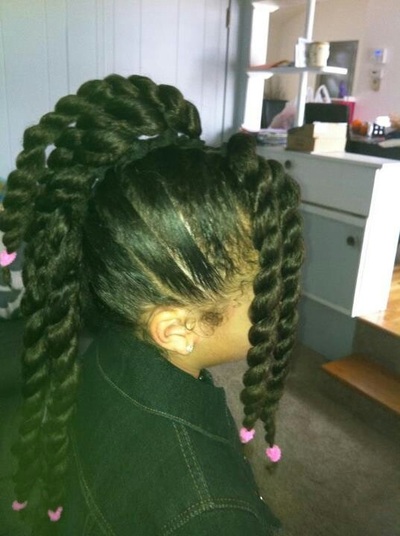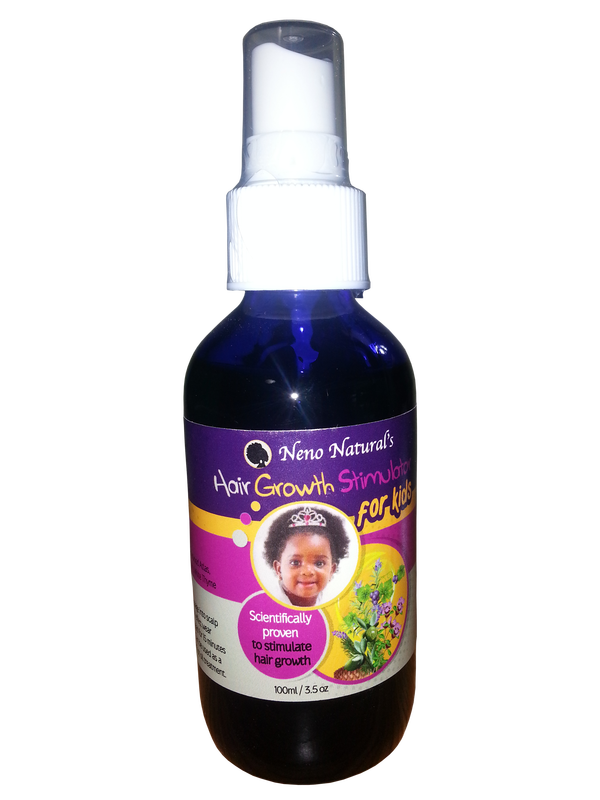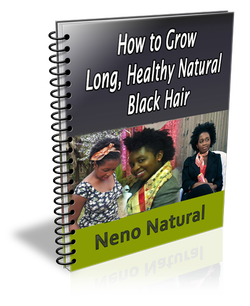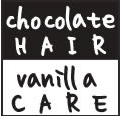
I get a lot of emails from mums and grandmothers with concerns about hair growth so I decided to go straight to the root of the issue – pun not intended.
You are what you eat. A healthy body including fabulous hair and skin is all down to the content of your diet. An affinity for healthy foods is best taught at a very early age. Now that our son - Little Zeusy - is 4.5 months old we’re thinking hard about when and how to introduce solids. Given women have been having babies for centuries you’d be forgiven for thinking that issues regarding the introduction of solids would be pretty decided by now but scientists are very much “still working on it”. I’m getting a lot of conflicting advice. Rather than focus exclusively on the science, I’ve decided to balance the science with my own intuition and stories from other mums’ experiences. What are the outcomes I want for Little Zeusy, ideally?
What I Learnt at the NCT Workshop on Introducing Solids? When to introduce solids? Experts recommend you wait until your baby is 6 months old or approaching 6-months or is showing the following 3 signals:
Baby-led vs. Parent-led (Pieces of food vs. Pureed food) Baby-led weaning basically involves giving your baby real food. You don’t mush it up for the most part, you simply cook it or, if it’s soft e.g. avocado or banana, cut it up into pieces and let the baby feed himself. The session I attended had an experienced mum overseeing how it was conducted and I was convinced by her story: she gave birth to a set of twins when her first two children were 4 and 2 years old. She weaned her first two children by pureeing things initially but when she had the twins she just fed them whatever her other kids were eating. She says the results were amazing: her twins accepted a much wider variety of food over time and to-date her first child who is 12 years old still struggles with vegetables. The most amazing thing she found is that her twins (now 8 years old) just stop eating when they are full because that’s what they’ve grown up to do. Even if they are eating a food they like such as cake once they’re full they’ll simply stop eating. I would never have believed this to be true if I didn’t live with that kind of person: my husband, Harry, can leave 3 crisps in a packet, roll it up, clip it and put it back in the cupboard. I was flabbergasted the first time I found a bag of crisps with literally 3 crisps in it. When I asked why he bothered to leave them he simply said, “I was full.” Ultimately, letting a child feed himself is like breastfeeding: the child stops when they have had enough. When a parent feeds their child they want to clear the plate or empty the bottle whether the baby is full or not, that’s natural. What time of the day to introduce foods? She suggested introducing new foods Monday to Friday in the morning when GP surgeries are open and A&E is better staffed in case there is an allergic reaction. I think this is overly cautious but in principle I would agree. We’ll probably do it in the evening so my husband can take part. Given he’s a paediatrician it should be okay. Commercially packed food or homemade food? Nowadays you have so much pre-packed food in sachets, cans, etc. “Ella’s” is all the rage. The main problem I have with these foods is that they’re NOT food as you would have at a regular meal. Apparently some babies that become accustomed to foods from sachets where they squeeze the pack to get the food out can reject food that doesn’t come in something that they squeeze out. To solve this problem nowadays you can buy empty “squeezey” satchets to fill up with mashed up food yourself… A second problem is that when you are weaning a baby they need very little food; however, these sachets/jars expire within about 48 hours of opening them, this means unless you’re making the baby finish the food (which you shouldn’t do, always stop when the baby indicates he’s full) you’ll be throwing loads away. I see the value of pre-packed food if you’re travelling somewhere but not as a lifestyle choice. Personally, I’m planning not to buy any at all. It’s a very unnecessary expense and isn’t in agreement with the mostly baby-led weaning my husband and I want to try and follow. Raw or cooked? Apparently, most food should be baked, steamed or boiled initially to reduce choking risk. I was going to let the baby suck on raw carrots but apparently this isn’t advised due to the choking risk. I’ll do more research on this. Sweet vs. Savoury? Because breast milk is sweet, babies are more likely to accept sweeter foods, e.g. parsnips than savoury foods. However, someone I know says she’s worked with some babies that rejected savoury foods because the weaning process focused too much on sweet foods. One set of twins she cares for only accept savoury foods if they are dipped in a sweet food first. Ultimately, the weaning process needs to be slow and gradual. Breast milk or formula is meant to be the primary source of food for the first year of life and up until the 6-month point provides everything the baby needs from a nutrient perspective. There is a lot of new information coming my way right now but I’d like to know your experience. What worked and what did not work when it came to introducing food to your baby? 
Get your FREE ebook on How To Grow Long, Healthy Natural Kinky or Curly Hair. You might also like: Working with Essential Oils - Understanding Dilution 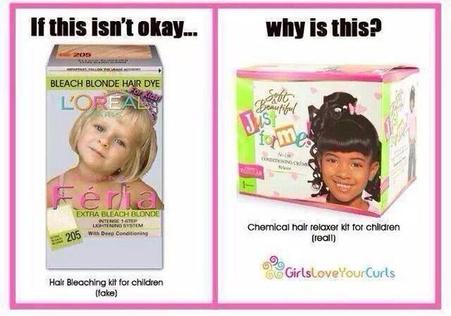
Denise Blaize @MsDBlaize shared this image with me on Twitter.
My very initial reaction was to imagine those little girls that are "forced" into beauty pageants by their mother and made to change themselves in every which way: hair, makeup, body, clothes. I hate those competitions because kids that young do not need to be that focused on the way they look. I can imagine letting a kid enter one of those for fun but when it becomes a lifestyle of contest after contest, there's an issue. Anyhow, as soon as I had those initial thoughts upon seeing the hair dye, I went straight to thinking about my perception of hair and relaxer as I grew up. As you may know I was born and bred in Malawi, Africa. In addition to her day job, my mother was into hair and started a hair salon as a side-gig when I was very young. Lots of new stuff was tried out on little Heather and I had relaxed hair from like age 4/5. Now, I'm not mad at my mum at all. Relaxer was marketed as a solution for hair management and there wasn't any information at the time that would suggest it could cause any long term harm to hair growth or scalp issues. I did get burned every time I had a relaxer but as we say in my language, "Kutchena ndi kupilira", "Beauty is persevering". CHEMICALS A few people on the Facebook page immediately jumped onto the chemicals are dangerous argument. I don't want to talk about that in this post. My personal belief is that the chemicals are obviously safe enough for human use but in my personal experience, based on my own head, over a 20 year period relaxer started making my hair thinner and the strands weaker. But as I said, this post is not about chemicals - ignore "chemicals" in any comments. I'm interested in the message we send to little girls. ULTIMATE BELIEFS Ultimately, I subconsciously believed the following:
Underlying those subconscious beliefs was the even more lethal belief:
Relaxer was not just an alternative look, it was "the look" I needed to have. It took a hair tragedy (thinning hair) for me to revise my views. LET KIDS BE KIDS I think children should be allowed to be children. One of the most important parts of growing up is accepting yourself as you are. Persistent dyeing and relaxing of hair doesn't give kids the right message. Changes to hair should, in my opinion, be non-permanent to show the kid this is just for variety but you look great as you are. What do you think? What did you grow up believing was acceptable or now, subconsciously or consciously. Comment below or on the Facebook post. Heather x
If you're looking for some inspiration to help with doing your little one's hair I've found some great videos for you. If I had kids I would be very much in favour of styles you can do on a Saturday or Sunday afternoon that would last one or two weeks.
I would spare them from hair of extensions for as long as possible. Images of finished Natural Hairstyles That Can Easily Be CreatedA Full Tutorial From DiscoveringNatural: Twisted Puff TutorialI'm going to Call This One The Bon-Bon
I personally don't approve of the use of Blue Magic though.
I can feel The Love That Went Into This Kid's MoHawk!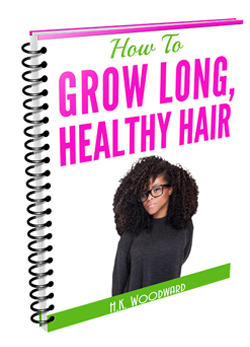
Scroll down for more styles for kids!
Get your FREE ebook on How To Grow Long, Healthy Natural Kinky or Curly Hair.
How to care for babies and children's hair is a question I have been asked very frequently. It's a large topic but in brief, for children, less is definitely more. If your child isn't two years old yet I wouldn't worry about poor growth. There's a lot going on in that little body and hair growth isn't a priority. Most of the rules of maintaining a child's hair are the same as those for adults as outlined in the free ebook. When should you detangle? Ideally before you start washing the hair, as with adults. Soften the hair with water and a detangler to make it easier. 
What shampoo should you use?
In the first 24 months shampoo is not even necessary unless your child was rolling around in mud. You can wash with water and as the hair grows out and becomes thicker you can start using a light, instant conditioner to keep the hair soft and more manageable. Be careful about purchasing "no tears" shampoos too! They may be easy on the eyes but some will dry out your baby's hair. Many of these shampoos are no good for black or mixed hair. After 24 months you can introduce a shampoo. Look for a "no tears" shampoo that doesn't use sulfates as a surfactant. For a baby/toddler you should look for shampoo that is:
What's the best shampoo schedule for your child?
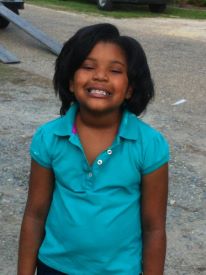
What's the best type of moisturizer?
Something light and creamy usually provides the best hydration. All-natural shea butters and coconut based moisturizers tend to be the best in my experience. How should you moisturize? Depending on what works better on your child's hair use either: 1. Liquid only if the hair is very fine and naturally quite soft. Use a very light leave-in conditioner or a light buttery/creamy moisturizer. "Liquid" includes any light water based leave-in conditioner, detangler or spray moisturizer. 2. Liquid then oil. If '1' doesn't keep the hair hydrated follow with an oil to lock in the moisture. I recommend coconut oil or jojoba for this function or The Junior Edition of our Hair Growth Stimulator. 3. For thicker hair or hair that dries out easily use either the LOC method or the LCO method. Some hair types respond to one better than the other. 
To protect your child's hair from damage I would avoid all the following:
Which products should you use? Based on reviews I have added a "Children's" category to the Neno Natural Amazon store. I will change the products included there as I learn more about kids' products. I would opt for the cheaper products to see if they work before trying the more pricey stuff. Dilute to make it spread further! Yes, I am cheap. Always have been, always will be, I was brought up that way :) As with all textures some experimentation is needed before you find the "magic formula"! 
You might also like:

Firstly don't worry if your daughter hasn't reached the age of two yet; baby hair can be very fragile and all the tossing and turning that babies do can have an impact on the growth and thickness of your baby's hair.
If the child is older than two and you think the hair isn't growing well, then the issue could be one of the below: 1. Genetics If you or your husband's family have slow hair growth then your child may have inherited the trait. Some people's hair grows faster than others. 2. Split ends There is no scientific proof that removing splitting ends "makes" hair grow faster but there is a lot of empirical evidence to suggest this is true. If the ends are looking rough, uneven or messy cut them off! 3. Not getting relevant nutrients A lot of protein, iron and zinc is needed for healthy hair grow. Ensure your child is getting plenty of fruit, vegetables, grains and some meat. Obviously, if you're vegetarian there will be no meat in your diet so a lot of protein will come from beans and other grains. Here are specific foods you should be looking to give your children more of for good hair growth:
4. Hypothyroidism The thyroid gland in the neck controls many of the body's metabolic function by realeasing the thyroid hormone, thyroxine. You have an underactive thyroid (or Hypothyroidism) if you produce too little of this hormone. One of the symptoms is poor hair growth, hair loss and/or thinning. 5. A fungal infection A fungal infection such as ringworm (not caused by a worm despite the name) can cause hair loss or lack of hair growth. If you see a doctor they can have the child tested for this condition and prescribe an appropriate antifungal cream. The doctor can also diagnose other scalp conditions such as scalp psoriasis and seborrhoeic dermatitis. 6. Styling and regimen Excessive brushing, combing and styling could lead to breakage. Try styling the hair in such a way that it doesn't need to be changed every day; wash and condition every 7 to 10 days. When you style the hair massage the scalp for a few minutes to stimulate the roots and go for a style that doesn't cause stress around the edges. You might also like: Tips on Caring for your Kids' Natural Hair 
Get your FREE ebook on How To Grow Long, Healthy Natural Kinky or Curly Hair. References: What Causes Hair Not To Grow In a Toddler? How To Make Your Child’s Hair Grow Faster Hypothyroidism and Hair |
I now blog about wealth creation - so if you have any money questions meet me there, you can do all sorts of cool things like leave me a voicemail.
By Heather Katsonga-Woodward
I was a natural hair blogger and mixtress living between London & Chicago from 2012 to 2017. I always thought I was 4C but some say 4B; images below - you decide! Heather xx Categories
All
Archives
November 2016
|




